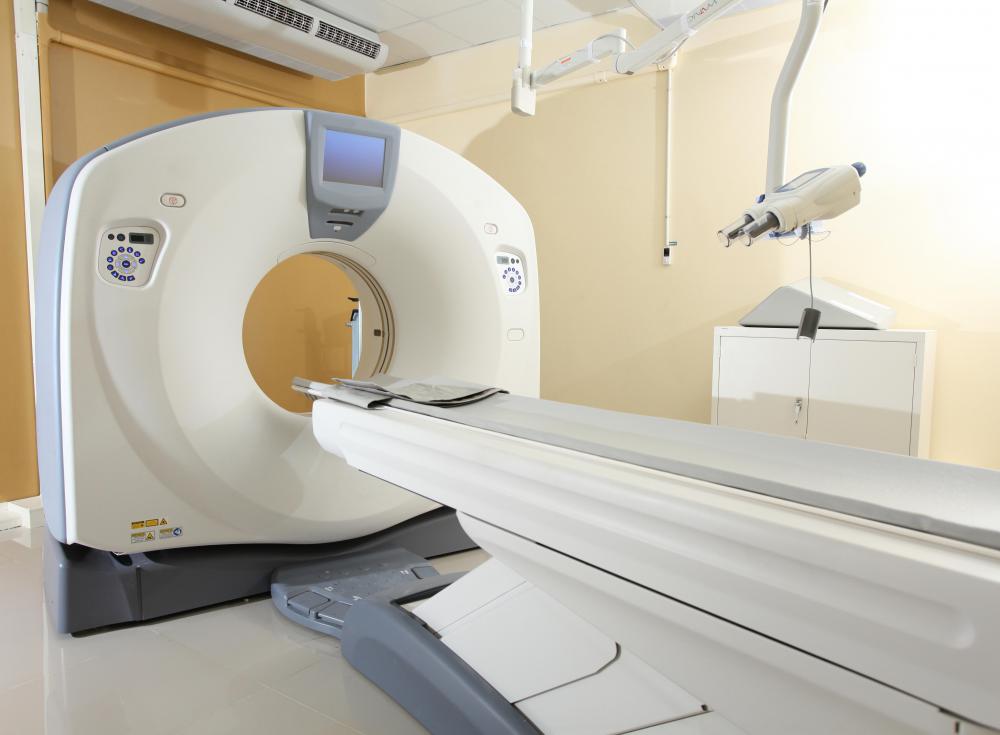At TheHealthBoard, we're committed to delivering accurate, trustworthy information. Our expert-authored content is rigorously fact-checked and sourced from credible authorities. Discover how we uphold the highest standards in providing you with reliable knowledge.
What is a Liver Scan?
A liver scan is a diagnostic test used to examine the liver for the presence of a disorder or disease. Liver scans can detect tumors, cysts or tissue abnormalities which may lead to the diagnosis of a benign or malignant condition. Patients with an existing liver disease may be sent for a scan to measure the success of established treatments. Individuals presenting concerning symptoms to a doctor may be sent for a liver scan to rule out the presence of a disease, and people predisposed to liver disease due to genetics may undergo a scan as a preventive measure. Some of the most common types of liver scans include a computed tomography (CT) scan, an ultrasound and a positron emission tomography (PET) scan.
Computed tomography (CT) scans use specialized X-rays to produce cross-sectional images of the body. During a CT scan, a contrast dye is typically introduced into the bloodstream. The dye may be used to highlight inner structures being studied. This type of scan is used to study bones, glands, lymph nodes and organs such as the liver. Generally, this is a safe test and the greatest amount of discomfort may be felt immediately after the contrast dye is injected. The dye may produce a tingling or warming sensation.

High frequency sound waves are used to produce images of the body during an ultrasound. A person undergoing an ultrasound liver scan will generally lie flat on a table while a device known as a transducer is moved over the liver area. This is typically a painless and short procedure, although some pressure may be felt as the device is pressed on the body. Many ultrasounds require no special preparation, while others may require fasting without food or water prior to the test.

A positron emission tomography (PET) scan can capture images that many other diagnostic tools fail to. PET scans are special in that they can provide detailed images of nerves, arteries and tissues in addition to organs, bones and glands. A liver PET scan may be used to inform a doctor of how well treatment is working for a diseased liver. It may also reveal liver tissue damage. Since the test can produce such specific images, very small benign growths in the liver may be discovered and treated before they have a chance to develop into malignancies.

The doctor recommending the test will generally inform the patient if any type of preparation will be necessary. Some tests may require fasting, while others may have no prerequisites. It will be important to inform the physician of certain health conditions beforehand. Pregnant women, people on medications and individuals who have experienced previous allergic reactions to contrast dyes will need to inform the physician of these conditions. Generally, it is a good idea to have any questions or concerns properly addressed before undergoing any type of medical test.
AS FEATURED ON:
AS FEATURED ON:















Discuss this Article
Post your comments